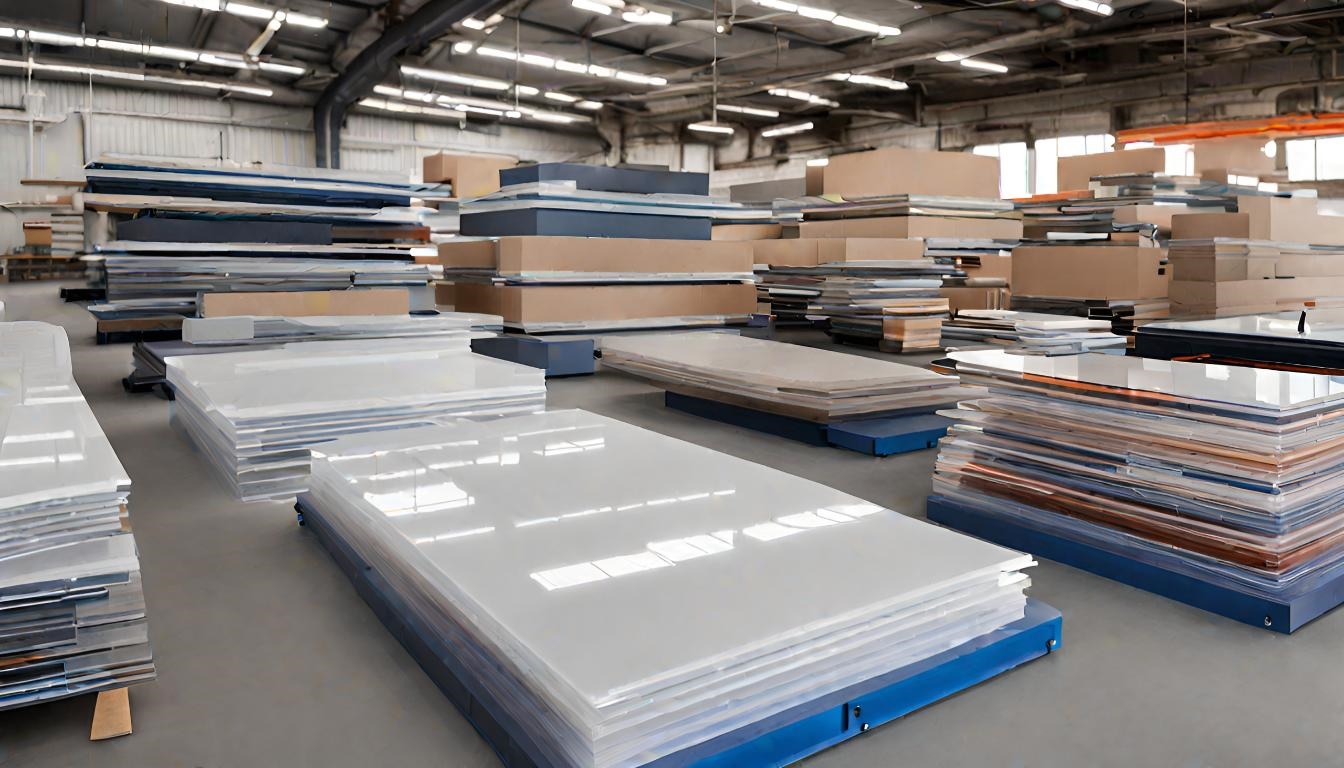
Acrylic sheets have become a go-to material for various industries, with their versatility, durability, and clarity leading the charge. One industry where acrylic sheets stand out is lighting. Known for their superior light-transmitting properties, acrylic sheets have revolutionized how light fixtures are designed and constructed, offering both functional and aesthetic benefits. We will explore the widespread use of acrylic sheets in the lighting industry and how they outperform traditional materials in illuminating spaces.
What Makes Acrylic Sheets Ideal for Lighting?
Acrylic sheets, also known as clear plastic sheets, offer several advantages that make them suitable for lighting applications:
High Light Transmission: Acrylic sheets are known for their excellent clarity, allowing for light transmission of up to 92%. This makes them perfect for light fixtures, diffusers, and other lighting elements where brightness and clarity are important. Unlike regular glass, acrylic sheets do not block significant portions of light, ensuring a high level of illumination.
Light Diffusion: While acrylic sheets are transparent, they can also be manufactured to have light-diffusing properties. This helps create soft, even light distribution, reducing glare and hotspots. The result is a more comfortable and visually appealing light output, making acrylic an excellent choice for areas requiring diffuse lighting, such as offices, public spaces, or retail environments.
Durability and Lightweight Nature: Acrylic sheets are significantly lighter than glass, which makes them easier to handle, transport, and install in lighting fixtures. Additionally, they are more impact-resistant than glass, making them a safer choice in areas where breakage could be a concern, such as hospitals or schools. Despite being lightweight, acrylic is durable and can withstand years of use without losing its integrity.
UV Resistance: One major advantage of using acrylic in lighting is its inherent UV resistance. This prevents the material from yellowing or degrading over time when exposed to sunlight or artificial lighting. Acrylic sheets maintain their transparency and optical clarity for long periods, ensuring that the lighting system remains efficient and visually pleasing.
Customizable Options: Acrylic sheets are highly adaptable and can be manufactured in various colors, finishes, and thicknesses. This versatility makes them suitable for different lighting applications, from minimalistic modern fixtures to vibrant decorative lighting. Clear Plastic Sheet UK can cut and shape acrylic sheets to fit specific designs, giving lighting designers creative freedom.
Key Applications of Acrylic Sheets in Lighting
Acrylic sheets are commonly used in several aspects of lighting design:
Light Diffusers: Clear plastic sheets are often used in light diffusers, which soften and distribute light evenly. These sheets help prevent glare and provide uniform lighting in commercial and residential spaces.
Lampshades and Fixtures: Acrylic’s transparency and lightweight nature make it an ideal material for creating elegant and modern lampshades. Its impact resistance adds to its appeal for high-traffic environments where durability is a concern.
Backlit Signage: In retail settings and advertisements, acrylic sheets are used to create vibrant backlit signs. Their light-transmitting properties ensure bright, clear illumination that helps signage stand out.
LED Panels: With the rise of LED technology, acrylic sheets are frequently used in LED panel lighting. The material’s ability to diffuse light evenly makes it a popular choice for large-scale lighting systems in offices, shopping malls, and museums.
As lighting design continues to evolve, the use of clear plastic sheets is expected to expand, offering endless possibilities for creative and functional lighting solutions in both residential and commercial settings.
